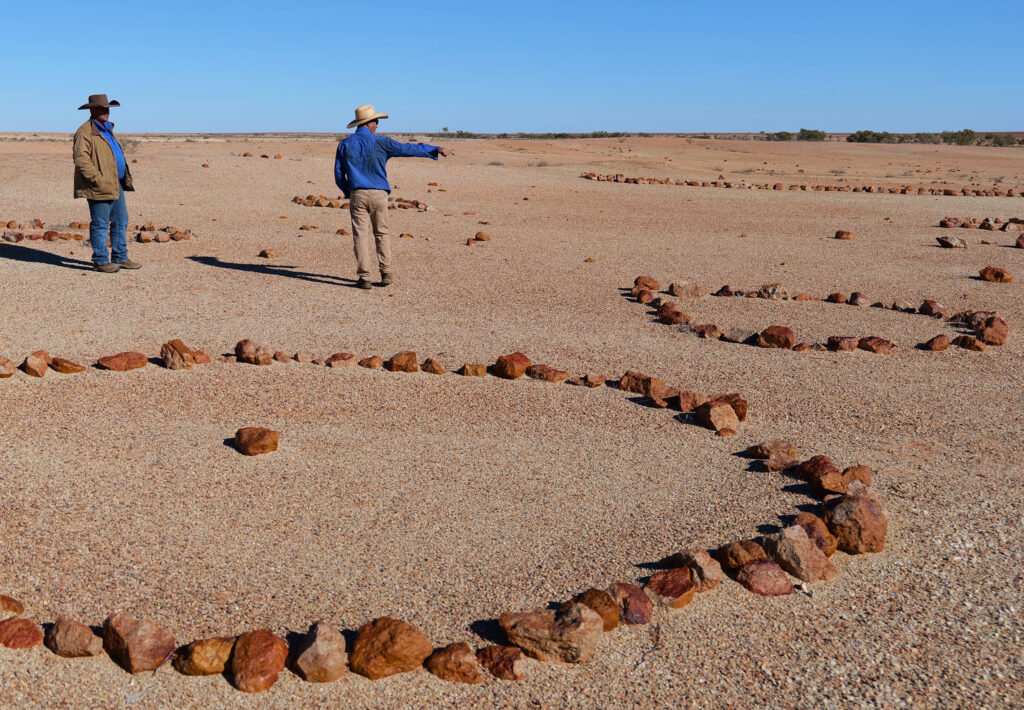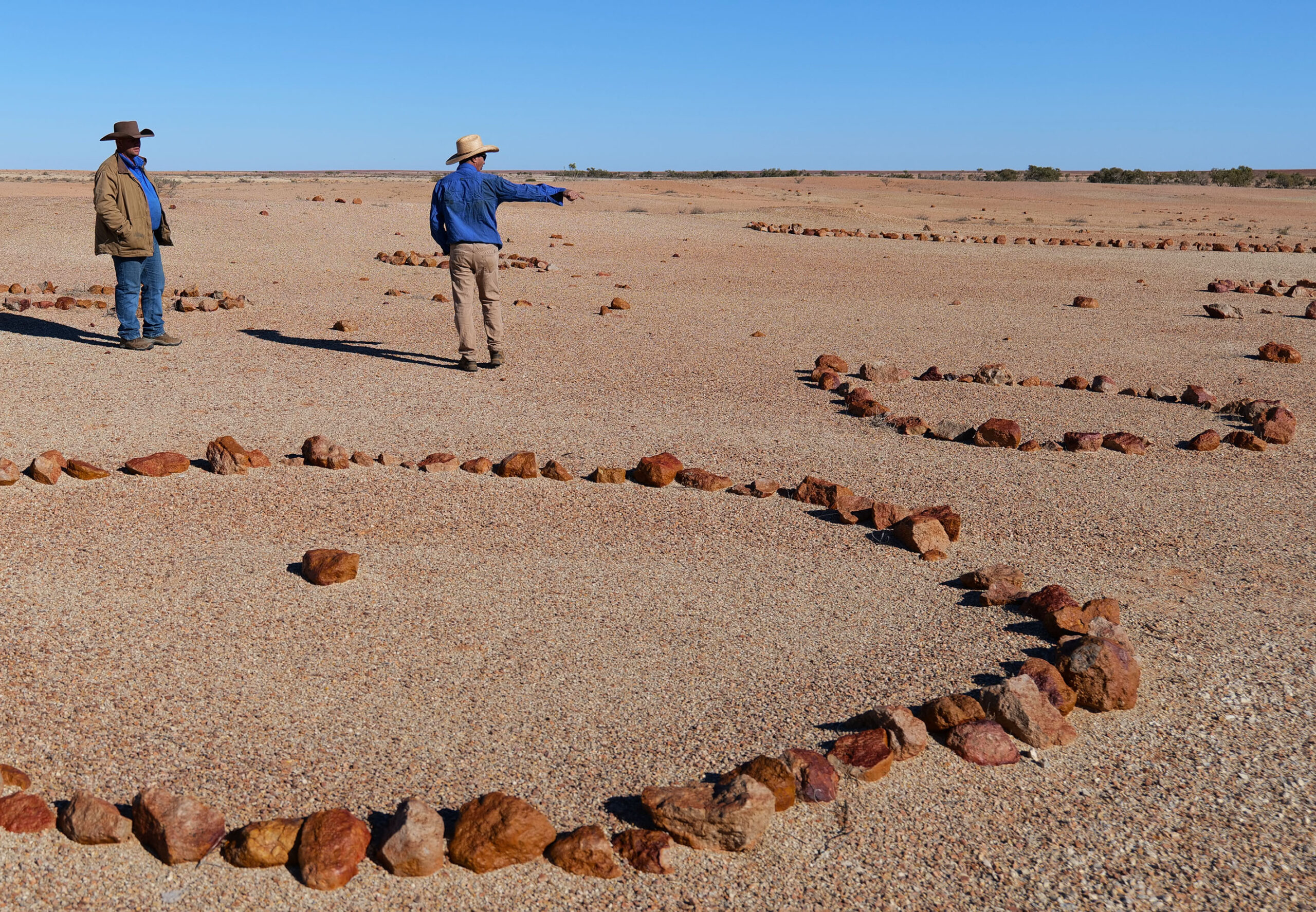Welcome to Mithaka Country
Mithaka representative Josh Gorringe explains his sense of connection to Mithaka Country in Far South-West Queensland, and the work being done to care for sites of cultural significance there.
By Tracey Hough, Shawnee Gorringe, and Josh Gorringe
This is a 4 minute read, and an 8 minute video
Mithaka Country is 55,425 square kilometres of beautiful red sand dunes and rocky gibber plains west of Windorah and east of Birdsville, in the heart of Queensland’s Channel Country. The three major rivers that feed Lake Eyre – Cooper Creek, Eyre Creek, and the Diamantina River – run through the area, carrying slow-moving water across the flood plains after heavy rainfall to the north.
Welcome to Country: Josh Gorringe
Native Title, and caring for Country
For over two centuries Aboriginal people have been fighting for their right to walk freely on their own country; to care for it, and experience it in their own way. They have seen the loss of species from the failed sheep industry and successive cattle industries since the 1800s. They witnessed the Maralinga nuclear testing in the 1950s: Uncles, Aunties and Grandparents tell of seeing a large mushroom cloud and a cold wind that appeared days later, layering everything with dust.
With Native Title determination on 27 October 2015, thirteen years after the claim was lodged, the Traditional Owners voted in their first directors to form their representative body, the Mithaka Aboriginal Corporation (MAC). As an organisation, Mithaka have three core values which underpin every decision made: care for country, care for culture, and care for our people.
Through the work of the MAC, Mithaka people seek to play a vital and active role in the care and custodianship of the Channel Country’s diverse and unique ecosystem by eradicating pest species of flora and fauna, rewilding, and water management. Since Native Title determination they have actively worked to reconnect with their past to move forward and create a better future for the generations to follow, a future filled with knowledge, pride and resilience.
Ceremonies and traditions
For us, the Mithaka people of the present, our knowledge and memory of our ceremonies and traditions was greatly impacted by colonisation and subsequent persistent discriminatory legislation leaving few records of our past. Through research supported by science and ethnographic records we are reclaiming our stories that tie us to the land; the evidence of which is dotted all over the Channel Country to remind us of our responsibilities to our beautiful lands.
The repatriation of our artefacts means so much to us. To be able to place your hand on a tool that your ancestors held elicits a powerful feeling deep inside the heart and the mind. Rodney McKellar, Mithaka Cultural Advisor, describes it like this:
I think, how many people used this tool, or was it a community stone, like a hammer stone we found right in the middle of the quarry. That’s what I think when we find something significant. European people who have no connection to this country may think of it as just a rock or a stick, an inanimate object, but we think about how much work has gone into making the tools, and how they were used and by whom and for what reason. For us, for many Indigenous people, these objects have a much greater significance.
Note
Parts of this article have appeared earlier in Michael C. Westaway et al. (eds), Kirrenderri: Heart of the Channel Country (University of Queensland Anthropology Museum, 2022), and are used here with permission.
Sources and further reading
Duncan-Kemp, A. M. 1961. Our Channel Country. Sydney: Angus & Robertson.
Duncan-Kemp, A. M. 1968. Where Strange Gods Call. Brisbane: W. R. Smith & Paterson.
McKellar, Rodney. 2021. Personal communication.
Westaway, Michael C. et al. 2021. ‘Hidden in plain sight: the archaeological landscape of Mithaka Country, south-west Queensland.’ Antiquity 95, 382: 1043–60.
Westaway, Michael C., M. Mapar, T. Hough, S. Gorringe, and G. Ginn (eds). 2022. Kirrenderri: Heart of the Channel Country. St Lucia: University of Queensland Anthropology Museum.
Related articles



